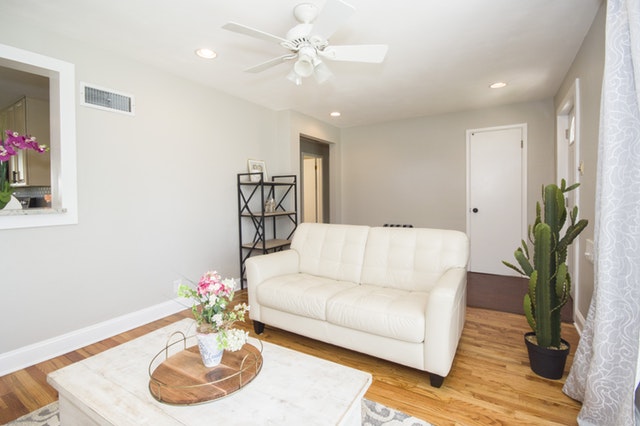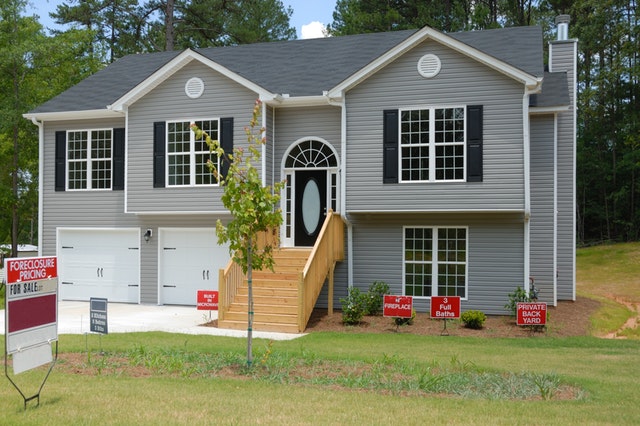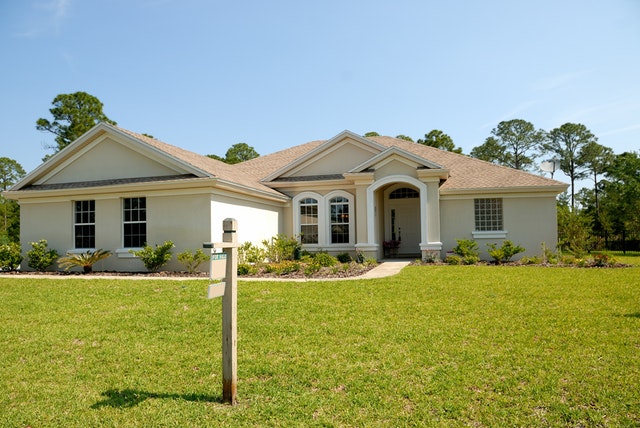 Picking out a new flooring can be exciting. After all, as anyone knows, new flooring in a home or business property can completely change the entire atmosphere. A common question asked by commercial and residential property owners is “Should I go with laminate or hardwood flooring?”
Picking out a new flooring can be exciting. After all, as anyone knows, new flooring in a home or business property can completely change the entire atmosphere. A common question asked by commercial and residential property owners is “Should I go with laminate or hardwood flooring?”
If you have found yourself asking this question, understand that both types of flooring materials each have their own pros and cons. For the most part, hardwood flooring tends to be more expensive than laminate but this isn’t always the case.
Let’s take a quick look at the benefits and disadvantages of laminate and hardwood flooring.
Pros And Cons Of Laminate Flooring
Most times, laminate flooring will be about 50 percent less expensive than hardwood flooring. It has a beautiful finish and can give the appearance of a real hardwood floor. Also, being that it is made of pressed wood, it tends to be a bit more durable than hardwood as well as more scratch resistant.
Although it’s usually easier to clean, if you don’t invest in high-quality laminate, you’ll end up with flooring that looks as if it has fake wood grains. In all actuality, this is what cheap laminate flooring is; cheap wood grains pressed together.
Pros And Cons Of Hardwood Flooring
Although hardwood flooring is more susceptible to scratching, you may like this characteristic because it gives it a more natural look. When it comes to beauty, nothing beats real hardwood flooring, and best of all, it tends to last many years longer than laminate. Because of this, even though such flooring is a bit more expensive than laminate, being that it lasts longer, it’s considered to be a very good investment.
Think About The Lighting In Your Home
One very important aspect to think about when choosing flooring for your home is whether or not your floors see a lot of daylight. The sun and its UV rays will cause real hardwood flooring to fade. Laminate on the other hand is usually made with UV protection. If you like to keep your blinds open and let natural sunlight in, it’s usually best to invest in laminate flooring.
Don’t let choosing the perfect flooring material for your home stress you out. With a bit of research, you’ll be well on your way to deciding whether laminate or hardwood is a better investment for your lifestyle and personal needs.
If you are in the market for a new home or interested in listing your current property, be sure to enlist the help of your trusted real estate professional.
 The real estate market is quite different from other markets and can be confusing for even the most experienced buyers and sellers. You will need the help of a real estate agent whether you are an experienced buyer or doing it for the first time.
The real estate market is quite different from other markets and can be confusing for even the most experienced buyers and sellers. You will need the help of a real estate agent whether you are an experienced buyer or doing it for the first time. Your home’s energy rating is an evaluation of your home’s overall energy efficiency. If your house’s rating is high, it means your potential for energy loss is also high. Bringing your rating numbers down means that your home is becoming more energy efficient.
Your home’s energy rating is an evaluation of your home’s overall energy efficiency. If your house’s rating is high, it means your potential for energy loss is also high. Bringing your rating numbers down means that your home is becoming more energy efficient.  Millennials face numerous challenges when buying their first homes. 55% of young adults between 25 and 34 years old don’t own homes as compared to 80% in 1967, according to data from the Census Bureau.
Millennials face numerous challenges when buying their first homes. 55% of young adults between 25 and 34 years old don’t own homes as compared to 80% in 1967, according to data from the Census Bureau.  So, as you make your annual resolutions or consider revamping your home, it’s worth knowing them. After all, we all adore coming back to a place that makes us happy and helps us disconnect from tough days at work.
So, as you make your annual resolutions or consider revamping your home, it’s worth knowing them. After all, we all adore coming back to a place that makes us happy and helps us disconnect from tough days at work.  It takes hard work to achieve the American Dream of homeownership. Everyday people work to save for a down payment and build a good credit score. When you turn the key to your first home or dream home, the sweat equity feels well worth it.
It takes hard work to achieve the American Dream of homeownership. Everyday people work to save for a down payment and build a good credit score. When you turn the key to your first home or dream home, the sweat equity feels well worth it. You just found your perfect home, and you feel like everything is right including the price. But, what could be wrong with your ideal home? Maybe, it is being sold as a short sale, and that could present a major challenge if you want to become be the eventual homeowner.
You just found your perfect home, and you feel like everything is right including the price. But, what could be wrong with your ideal home? Maybe, it is being sold as a short sale, and that could present a major challenge if you want to become be the eventual homeowner. Winter typically isn’t one of the busier home buying seasons – those seasons are reserved for spring and summer. But to think that you can’t sell your home at market value during the winter months is being naive. In fact, you can even use some of the characteristics that define the season to your advantage. For instance, because winter isn’t a hot selling season, there’s typically less inventory during this time of year. That said, if your home stands out in the listings, you have a better chance of getting on that coveted “short list” of buyers.
Winter typically isn’t one of the busier home buying seasons – those seasons are reserved for spring and summer. But to think that you can’t sell your home at market value during the winter months is being naive. In fact, you can even use some of the characteristics that define the season to your advantage. For instance, because winter isn’t a hot selling season, there’s typically less inventory during this time of year. That said, if your home stands out in the listings, you have a better chance of getting on that coveted “short list” of buyers. Many home sellers are confused about how to price their home to sell. It’s definitely challenging to try and find that sweet spot between pricing it low enough so it flies off the market without undercutting the home’s value. Emotions play into the decision, too. If the seller has a lot of sweat equity in the home, or the property is the only place the children have ever called home, owners may tend to place a higher value on the house.
Many home sellers are confused about how to price their home to sell. It’s definitely challenging to try and find that sweet spot between pricing it low enough so it flies off the market without undercutting the home’s value. Emotions play into the decision, too. If the seller has a lot of sweat equity in the home, or the property is the only place the children have ever called home, owners may tend to place a higher value on the house. So you’re set to buy your first house. But where do you begin?
So you’re set to buy your first house. But where do you begin?